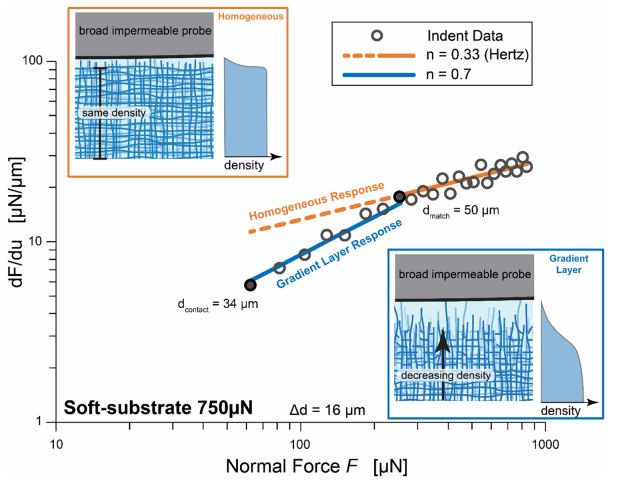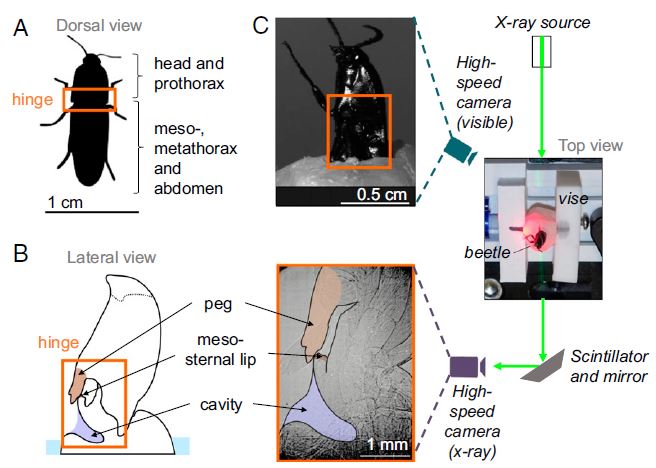Focus Area 1: The Interrelationship Between Friction and Fracture in Needle Insertion

Despite the ubiquity of needle-based medical procedures and a wealth of needle insertion studies, there are critical gaps in understanding. Quantification of the sliding friction and material fracture during post-puncture needle insertion is needed to evaluate new needle designs and the soft materials into which they may be inserted. The current shortcomings in computational prediction stem in part from a missing description of the effect of friction and fracture on one another. A more detailed understanding is critical to the successful expansion of minimally invasive methods to areas beyond the body’s surface. Successful description of the fundamental mechanics of these effects will both facilitate control schemes and enable rapid evaluation of novel needle designs. This research is expected to ultimately result in reduced patient discomfort, healing time, and procedure costs. This research will be implemented with a team of graduate researchers who will receive management training to coordinate the effort of undergraduate trainees. The researchers will share their experiences and findings via social media with the aim of illuminating the challenges, rewards, and process of mechanics of materials research for the public.
Focus Area 2: Origins of Friction of Water-Hydrated Gels

Most people have experience with slippery hydrogels: they’ve eaten gelatin foods, held a fish in their hands, or put in their soft contact lenses. They use water at the surface to maintain low friction, but the origins of that friction are not yet fully understood! This ongoing focus area uses concepts from polymer physics, materials science, and mechanics to experimentally test hydrogels that were made to hold different amounts of water, or to have different chemistry. Check out our papers in this area.
Focus Area 3: Conformal Frictional Latches

The click beetle is an inspirational organism because of its ability to leverage very limited muscle power and distributed elastic energy storage toward exceedingly quick snap maneuvers. These maneuvers can launch the beetle up from a substrate, or allow it to elude a predator. The ability to perform this maneuver hinges on a frictional latch that is integrated into its exoskeleton between the prothorax and mesothorax body segments. Along with collaborators, we have studied the geometry of the latch and its function. Further studying and understanding how geometry and friction control the latch can lead to bio-inspired mechanisms for quick deployment of light structures.
